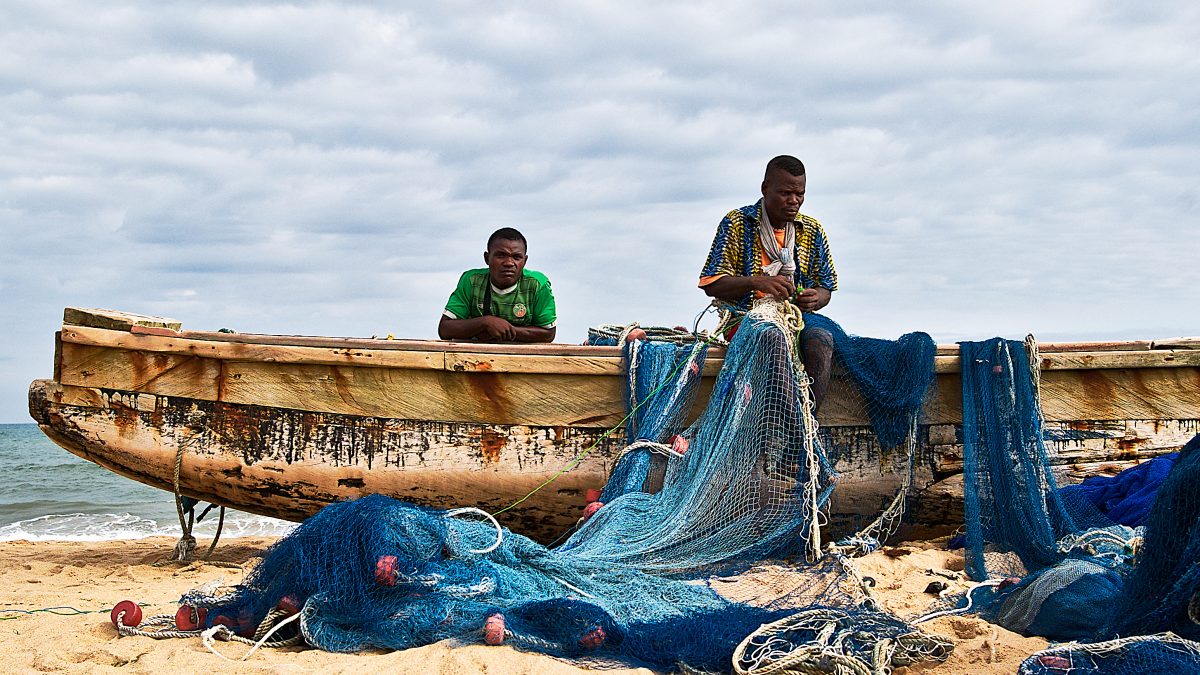Togo

The Carter Center worked with the Togolese people to build a healthier, more prosperous future through sustainable agricultural development and the elimination of Guinea worm disease.
Impact
- Provided basic medical care and community outreach led to the elimination of Guinea worm disease
- Helped farmers double and triple crop yields, which increased their profits and created a ripple effect of food self-sufficiency
2026 Carter Center Weekend: Donor Retreat and Auction
Mental Health Parity Day at the Capitol 2026
Mental Health in the Workplace

Discover Related Programs
Related Content
Global Impact Starts with You
Your support sustains the Carter Center's mission of waging peace, fighting disease, and building hope around the world.

